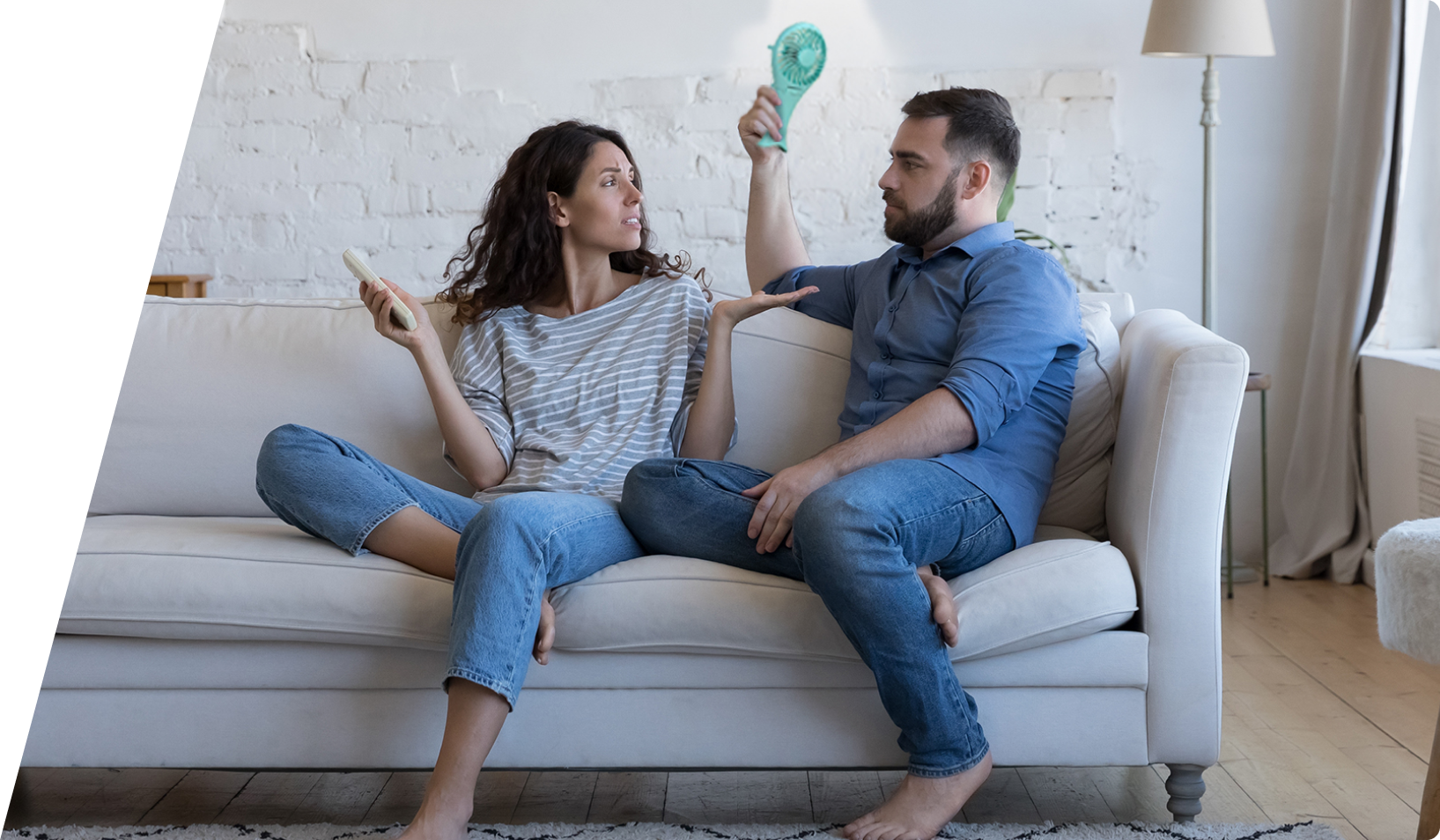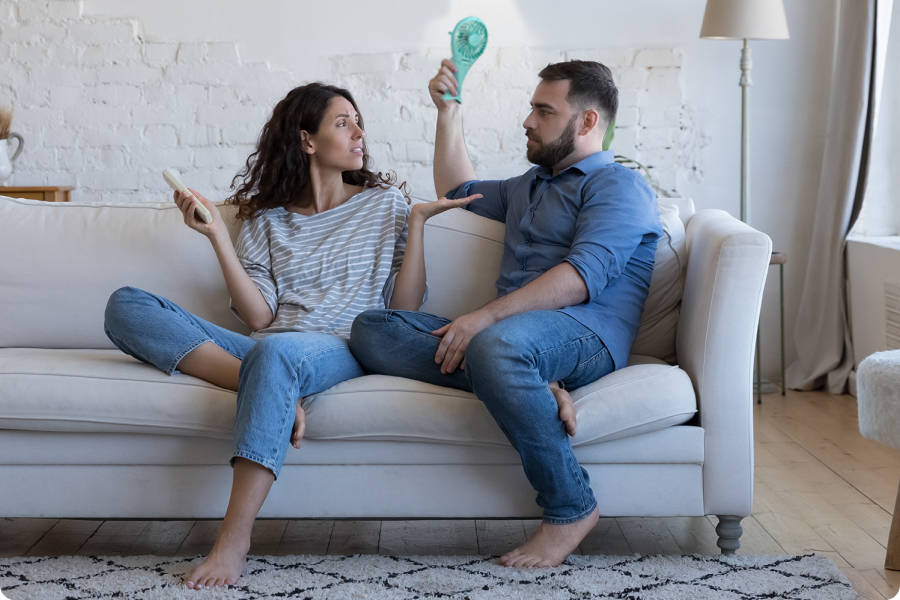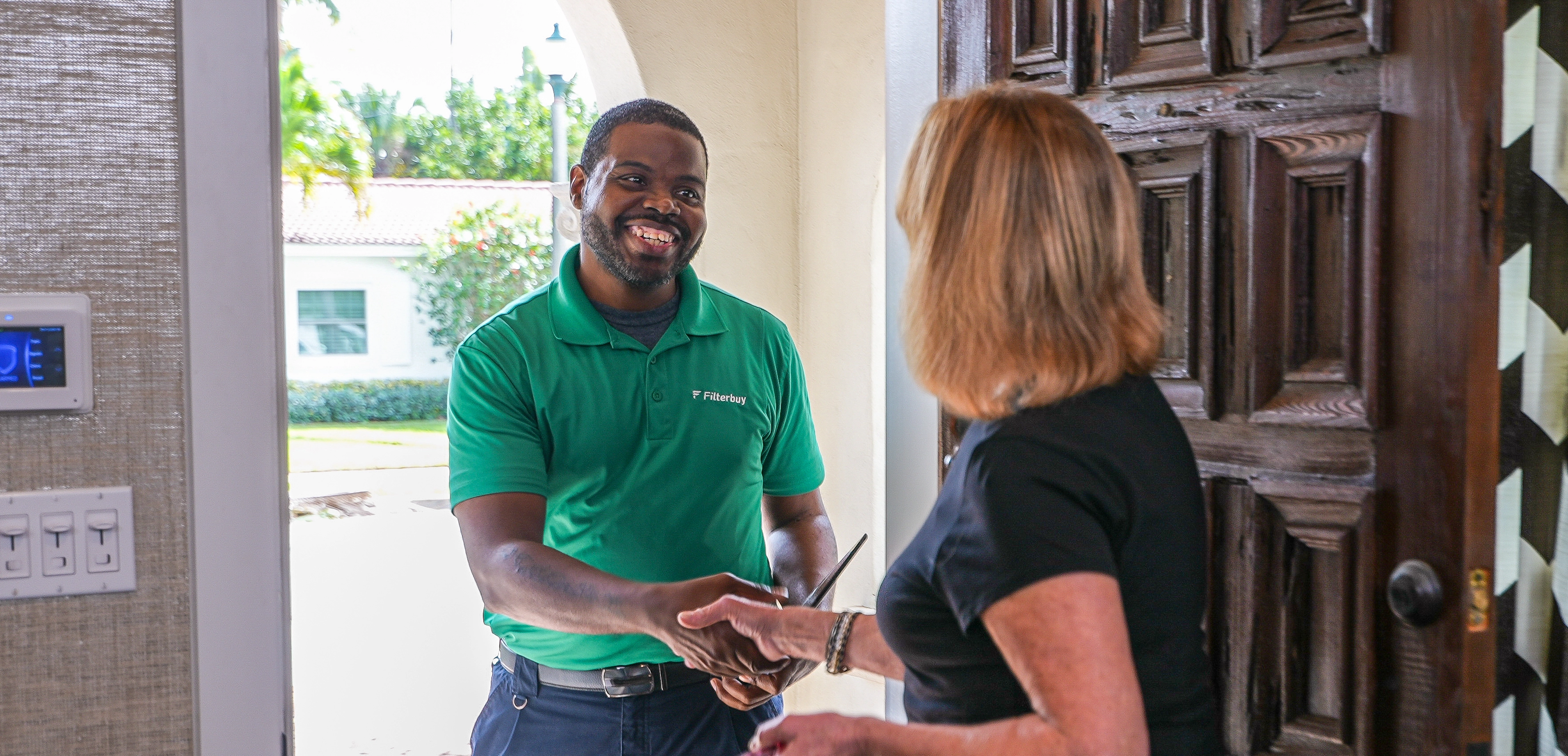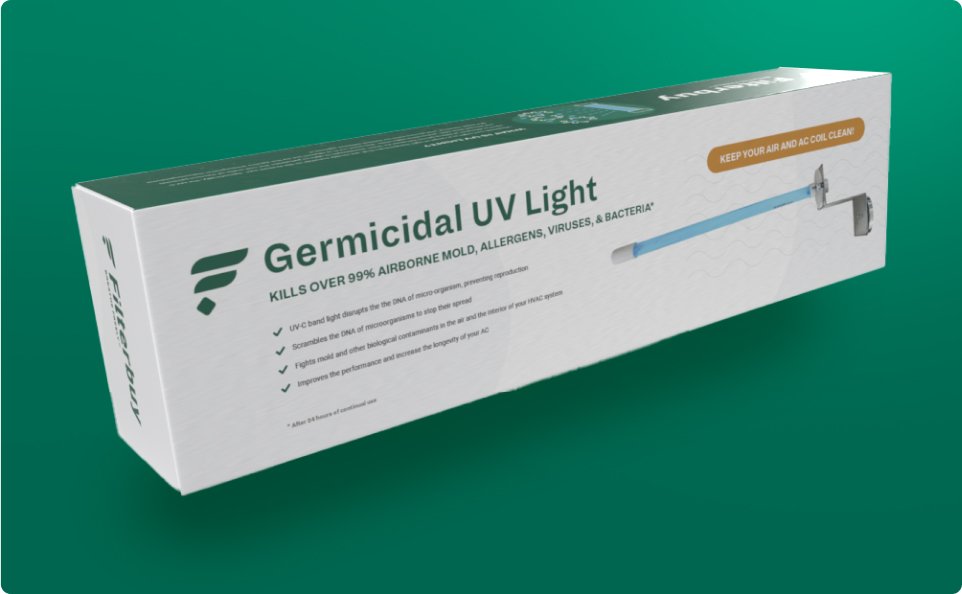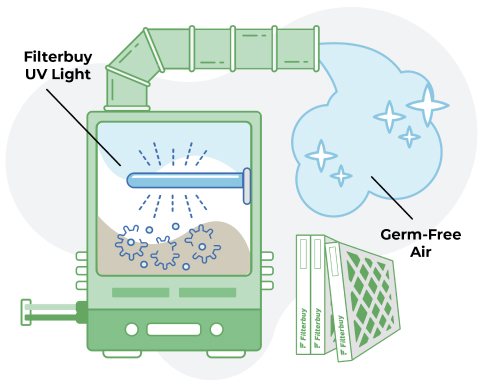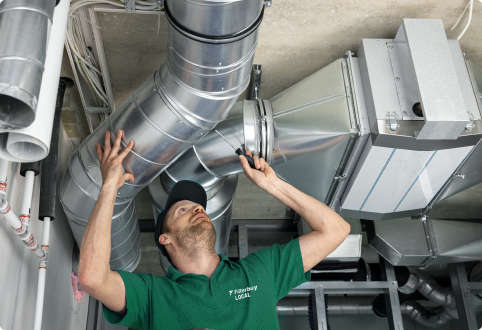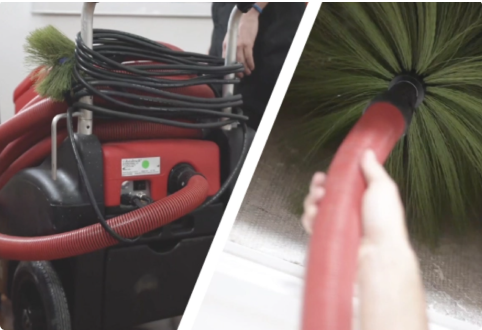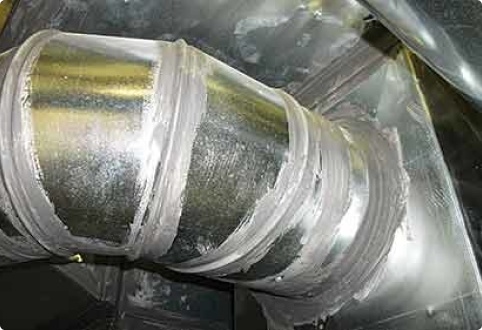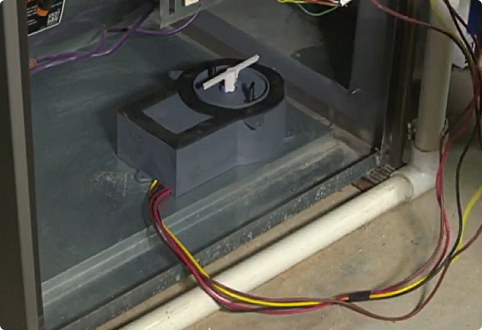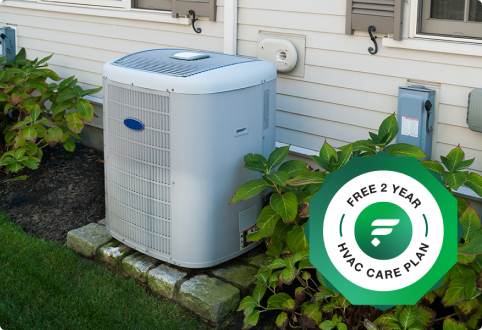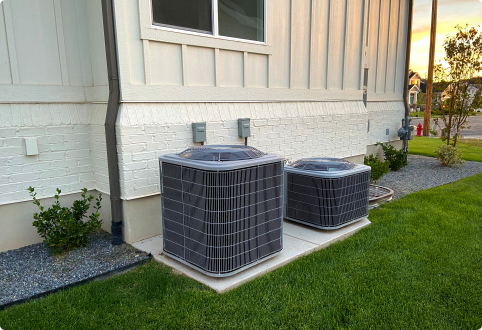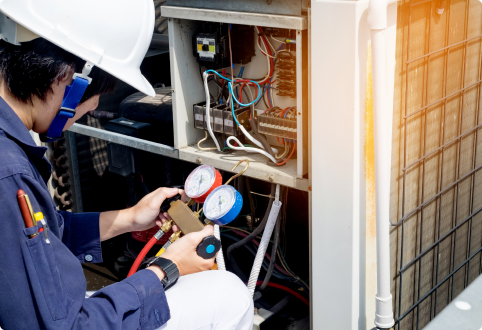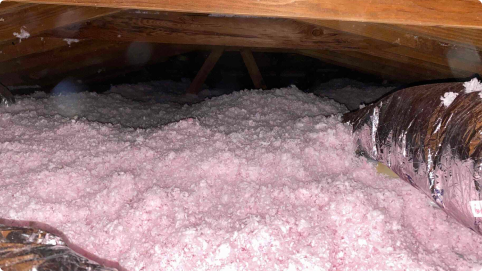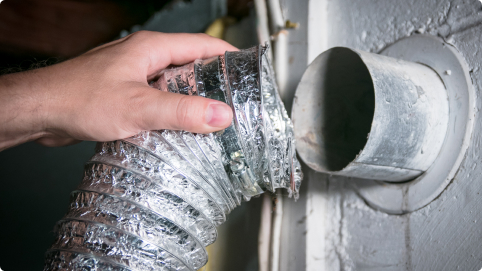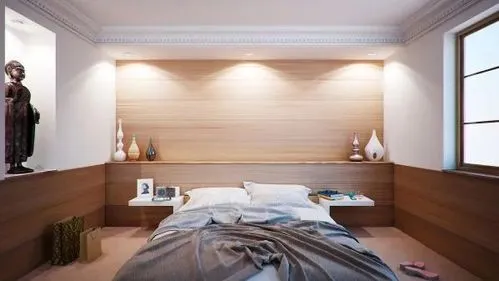Welcome to Filterbuy HVAC Solutions, the best HVAC UV light installation service company proudly serving in and near the greater Fort Pierce, FL area. Please let us know how we can help solve your Fort Pierce HVAC UV light installation needs with professional, affordable, and fast residential and commercial HVAC services by getting a free online quote or by giving our friendly HVAC specialists a call. We look forward to hearing from you!
HVAC UV Light Installation in Fort Pierce FL
The HVAC system in your Fort Pierce FL home and commercial building is upgradable. One of the low-cost upgrades to give your HVAC system involves the addition of UV lights.
The installation of an HVAC UV light unit has become increasingly popular due to its many advantages over traditional ventilation systems. One benefit that often gets overlooked is how these units help reduce energy costs associated with heating and cooling operations by up to 50%. By utilizing ultraviolet radiation technology, these units can neutralize bacteria and viruses without generating any heat or extra moisture which could otherwise lead to higher operational expenses down the line. Furthermore, recent studies suggest that there may even be health benefits gained from using such units since they trap dangerous microorganisms before they enter into circulation within indoor environments.
Ensure you get professional services for the installation of UV lights in your HVAC system. Your Fort Pierce FL home and office building’s HVAC system gets the boost it needs to be more effective at filtrating air with this new technology. The services of experts allow you to enjoy its benefits for a longer period compared to poor DIY efforts.
Definition Of UV Light Technology
Ultraviolet light technology is a type of electromagnetic radiation in the spectrum between visible light and X-rays. It is divided into three categories: UVA, UVB, and UVC. This type of light has shorter wavelengths than visible light and higher energy levels that allow it to penetrate deeper layers of skin tissue.
UVA rays are considered to be the most common form of UV light, they have longer wavelengths but lower amounts of energy which makes them less damaging to the human body compared to other types of UV light. They can cause damage though, as they are linked to premature aging and wrinkles on the skin when exposed over time.
UVB rays have shorter wavelengths with more energy than UVA rays; however, they do not penetrate far enough through the atmosphere to reach us at ground level making them less harmful than UVC rays. These rays are used for treatments such as phototherapy for certain medical conditions like psoriasis or vitiligo.
The third category is UVC rays which contain even more energy than either UVA or UVB waves but because these cannot go beyond the ozone layer, humans rarely come into contact with them naturally. However, this type of radiation can be artificially produced by special equipment such as HVAC systems containing an ultraviolet (UV) lamp installed in ducts or filters.
Benefits Of UV Light Installation
The installation of UV lights can bring numerous advantages to a home or business’s heating and cooling system. Here are some:
One of the key benefits is improved comfort for those living or working inside the space. Since many airborne particles such as dust mites, mold spores, pollen, pet dander, and other allergens can cause health issues when circulated through a building's ventilation systems, ultraviolet germicidal irradiation (UVGI) helps combat this problem by killing these pollutants before they reach occupants. Furthermore, since UV lights prevent the buildup of contaminants on coils and ductwork surfaces it results in cleaner air being circulated throughout interior spaces which leads to better indoor air quality overall.
Beyond providing greater comfort levels for occupants within a building or structure, another advantage comes from energy savings associated with reduced maintenance costs due to fewer service calls related to dirty coils and clogged filters caused by debris accumulation over time.
Additionally, less dirt buildup also means more efficient running equipment resulting in lower electricity bills each month. All of these factors combined make installing UV light well worth considering for anyone looking to improve their HVAC system performance while simultaneously creating healthier environments indoors. With its numerous benefits now clear, it’s easy to understand why investing in UV lighting installation services makes sense for Fort Pierce FL homeowners and businesses alike.
Types Of UV Light Installations
UV light installations are used for a variety of purposes. Depending on the needs and requirements of the customer, several types of UV light installations can be done. These include indoor air quality treatments, as well as outdoor air purification systems. Additionally, some UV lights may be installed in swimming pools to help control bacteria and algae growth.
One type of UV light installation is an ultraviolet germicidal irradiation (UVGI) system. This type of installation uses high-intensity lamps to reduce microorganisms present in the indoor environment by killing them with intense ultraviolet radiation when they come into contact with it. The lamp fixtures should typically be placed near areas such as kitchens or bathrooms where microbial contamination is likely to occur.
Another type of installation involves photolytic oxidation systems which use short-wave UV energy to decompose organic compounds into harmless substances like carbon dioxide and water vapor. This kind of treatment helps to kill off airborne contaminants while improving overall air quality in the home or office space without producing any odors or residue. Photolytic oxidation systems can also be used to treat water sources, making them safe for human consumption and other uses.
By understanding how different types of UV light installations work, customers can make informed decisions about what will best meet their individual needs and preferences when seeking out HVAC UV light installation services in Fort Pierce FL. Knowing how each option works allows customers to get the most effective solution for their particular situation.
How UV Light Installation Works
Installing a UV light system in an HVAC unit requires the knowledge and expertise of a trained technician. The installation process involves several steps that must be followed precisely for proper operation and efficiency.
First, the technician inspects the existing air ductwork to ensure that it is properly sealed with no gaps or leaks.
Once this has been verified, the appropriate size of the UV light bulb is selected based on the square footage of the space being serviced by the HVAC system.
After selecting the right-sized bulb, power must be supplied to it via wiring connected to either an electrical outlet or hardwired directly into the main control board.
Finally, all necessary mounting hardware such as screws and brackets are attached securely to mount the fixture in place inside of either the return air plenum or within one foot of where air enters any individual room supply vent register. With these steps completed accurately, an operational UV light system will be up and running providing effective filtration benefits.
Advantages Of HVAC UV Light Systems
HVAC UV light systems offer a variety of benefits to homeowners. They can help reduce allergens in the air, improve indoor air quality, and keep HVAC units running more efficiently. These advantages make installing an HVAC UV light system a great investment for any home or business owner.
The first advantage of installing an HVAC UV light system is the reduction of allergens such as dust mites, pet dander, pollen, and mold spores circulating in your home’s air supply. The ultraviolet light emitted by these systems kills bacteria and other contaminants that can harm respiratory health. This makes it an ideal choice for those who suffer from allergies or asthma.
Another benefit associated with HVAC UV lights is improved indoor air quality. The presence of fewer airborne pollutants means less buildup on ductwork and other components within the unit leading to decreased maintenance costs and energy efficiency improvements.
Ultimately this leads to cleaner air being delivered throughout your home or office space resulting in better overall comfort levels for occupants.
By eliminating contaminants from the air supply, properly installed HVAC UV lights also extend the lifespan of heating and cooling equipment while helping them run at optimal capacity thus reducing repair bills over time. In addition, they are often easier to maintain than traditional filter-based approaches meaning greater convenience and cost savings in the long run.
Proper Maintenance And Upkeep For HVAC UV Lights
Proper maintenance and upkeep of HVAC UV lights is an important part of ensuring that the system functions correctly. The most common types of maintenance required for these systems include changing or cleaning filters, inspecting air ducts, and replacing bulbs when needed. It is also essential to ensure that all components are in good working order and free from dirt and debris. Additionally, a qualified technician should be consulted if any problems occur with the unit. Regular inspection and proper maintenance can help extend the life expectancy of the system and prevent costly repairs down the road.
In addition to regular inspections, it is critical to keep HVAC UV light systems clean by removing dust particles from the filter each month or as recommended by the manufacturer. This will reduce strain on the system while improving efficiency levels. Furthermore, checking electrical connections every few months will ensure they remain secure and functioning properly over time. If any issues arise during this process, such as loose wires or damaged parts, professional service may be necessary to avoid further damage.
Finally, scheduling routine servicing with a trusted contractor can go a long way in extending the lifespan of an HVAC UV light system while reducing energy costs associated with inefficient operation. Professional services can provide additional peace of mind through comprehensive diagnostic tests to detect any potential issues before they become serious problems requiring costly repair work.
Professional HVAC Services In Fort Pierce FL
For those looking to upgrade their HVAC systems, Fort Pierce FL is home to a team of experienced professionals who can provide reliable and efficient services. With the right installation and maintenance, any property owner can reap many benefits from having an updated system in place. When it comes to installing UV light for HVAC systems, homeowners should consider all the following:
1. The type of ultraviolet (UV) lights needed
2. Whether existing wiring or ductwork needs to be replaced
3. Any necessary additional materials that may need to be purchased
4. Installation and labor costs associated with the project
When searching for a professional contractor, it is important to find someone knowledgeable about HVAC UV light installations. It is also beneficial to research contractors to ensure quality workmanship at reasonable rates. Homeowners should inquire about any warranties or guarantees offered by potential contractors before committing. Additionally, they must make sure that their chosen contractor has the proper licenses and certifications to carry out such projects safely and efficiently. Overall, working with qualified experts will help guarantee successful results while keeping energy bills low.
Costs And Fees Associated With HVAC UV Light Installation
The cost of installing an HVAC UV light can vary significantly depending on the system being installed. Generally, most standard installations range from $300 to $500 for a single unit and up to $1000 or more for larger systems with multiple lights. The fees associated with installation also depend on factors such as the complexity of the job and whether any additional materials are needed. It is important to hire a qualified professional who has experience in this type of work, as it will ensure that the job is done correctly and safely. Additionally, labor costs may be included in the final price of installation.
In addition to the upfront cost of equipment and installation, there are other potential costs associated with HVAC UV lights that should be taken into consideration when budgeting for this type of project. These include ongoing maintenance expenses such as replacement bulbs, filters, cleaning supplies, and energy consumption costs due to increased usage after installation. Furthermore, some states require special permits before starting any kind of HVAC-related projects including those involving UV lights; these permit fees can add up if not accounted for early in the process.
Overall, researching all aspects related to the cost and fees associated with HVAC UV light installation services beforehand is essential to make sure that all financial considerations have been properly taken care of before beginning any work. With proper planning and foresight, homeowners can mitigate any surprises that could arise during or after the completion of their project.
Troubleshooting Tips For HVAC UV Lights
Troubleshooting HVAC UV lights can be difficult if you are unfamiliar with the various components and systems. However, some simple tips may help you identify the source of any problems quickly and efficiently. Coincidentally, following these troubleshooting steps may save time and money in the long run.
The first step is to ensure that all connections are secure and properly wired. Check for loose wires or loose connections at both ends of the power cord as well as within each component. If needed, tighten or replace any damaged wiring. Also inspect fuses, breakers, and switches – replacing them if necessary.
Next, check to make sure your system is receiving proper voltage by using a multimeter or other testing device to measure incoming electricity levels against those specified on the product’s label. Additionally, it is important to confirm that an appropriate filter has been installed into the unit, as this will prevent dirt particles from damaging internal components such as bulbs over time. Finally, although not required for every installation process, consider contacting a professional service technician who can provide additional guidance in diagnosing more complex issues related to HVAC UV light installations.
By taking these steps when troubleshooting HVAC UV lights one can avoid costly repairs down the road while also ensuring optimal performance from their system now and in the future.
Environmental Impact Of HVAC UV Lights
The installation of HVAC UV light systems has a lot of environmental benefits. It can reduce the amount of energy used by air conditioning and heating units, making them more efficient and reducing their impact on the environment. In addition, these lights are effective at controlling airborne pollutants such as bacteria, dust mites, mold spores, and other allergens that can be hazardous to human health. The use of HVAC UV light systems has been linked to improved indoor air quality in both residential and commercial buildings.
Ultraviolet radiation is also an important factor in helping to control insect populations indoors. Studies have shown that insects exposed to higher levels of ultraviolet radiation for extended periods tend to die off or become dormant due to cellular damage caused by the radiation exposure. This reduces the need for chemical pesticides which often contain harmful toxins and carcinogens that pose a risk to humans and animals alike when they enter our food chain or water supply.
All ultraviolet lighting requires proper maintenance however, failure to do so can result in decreased efficiency or even equipment malfunctioning which may lead to increased energy consumption and pollution released into the atmosphere if unchecked. Therefore it is important for homeowners and businesses who install this type of system to ensure periodic inspections are carried out to maintain its integrity over time.
Frequently Asked Questions
How Much Does It Cost to Install UV Light in HVAC Per?
The cost of installing UV lights in HVAC systems can vary depending on factors such as the size of the system, the type of UV light, and the complexity of the installation. On average, the cost can range from $500 to $2000 or more for professional installation. DIY installation kits may be cheaper but may not offer the same level of effectiveness or safety. It is advisable to consult with a professional HVAC technician to get an accurate cost estimate for your specific needs.
Is It Worth Installing UV Light in the HVAC?
Installing UV lights in HVAC systems can be worth it for many homeowners due to the benefits they provide. UV lights can help improve indoor air quality by killing or neutralizing mold, bacteria, and viruses that may be present in the HVAC system. This can lead to a healthier indoor environment, reduced allergens, and improved overall comfort. However, the decision to install UV lights should be based on individual needs and circumstances.
Can I Install UV Light in My HVAC System?
Yes, UV lights can be installed in most HVAC systems. However, it is recommended to consult with a professional HVAC technician before installing UV lights to ensure proper placement and compatibility with your specific system. Improper installation of UV lights can lead to reduced effectiveness or even damage to the HVAC system.
Where Is the Best Place to Install UV Lights in HVAC?
The best place to install UV lights in HVAC systems is typically near the evaporator coil or in the air handler where mold and bacteria are most likely to grow. Placing UV lights in these locations can help prevent the growth of harmful microorganisms and improve the overall air quality in your home.
What Is the Disadvantage of UV Light in HVAC?
One disadvantage of UV lights in HVAC systems is that they may not be effective against certain types of contaminants such as dust, pollen, or pet dander. Additionally, UV lights require regular maintenance to ensure optimal performance, including replacing bulbs and cleaning the system. UV lights can also be costly to install and may not be suitable for all HVAC systems.
Do HVAC UV Lights Use a Lot of Electricity?
UV lights used in HVAC systems are designed to be energy-efficient and typically consume minimal electricity. The power consumption of UV lights is relatively low compared to other components of the HVAC system, so they are not a significant contributor to your overall energy costs.
Does UV Light Damage AC Coils?
UV lights are generally safe for AC coils when installed properly. They are designed to target and neutralize microorganisms such as mold and bacteria without causing damage to the coils or other components of the HVAC system. However, improper installation or use of UV lights can potentially lead to issues with the coils, so it is important to follow manufacturer recommendations and consult with a professional for installation.
What Is the Life Expectancy of a UV Light for HVAC?
The life expectancy of UV lights for HVAC systems can vary depending on the quality of the light, how often it is used, and maintenance practices. On average, UV lights can last between 9000 to 14,000 hours of continuous use, which translates to about a year or more of operation. Regular maintenance, such as replacing bulbs when needed, can help extend the life of UV lights.
How Long Do HVAC UV Lights Last?
HVAC UV lights can last for several years with proper care and maintenance. Regularly replacing bulbs and keeping the UV light clean can help ensure that it continues to operate effectively. The longevity of UV lights can vary depending on the brand, type, and usage, so it is important to follow manufacturer recommendations for replacement intervals.
Can UV Light Damage the Air Handler?
UV lights are generally safe for air handlers when installed correctly. They are designed to target and neutralize harmful microorganisms without causing damage to the air handler or other components of the HVAC system. However, improper installation or use of UV lights can potentially lead to issues with the air handler, so it is essential to consult with a professional HVAC technician for proper installation.
Do HVAC UV Lights Get Hot?
UV lights used in HVAC systems are designed to generate UV-C light to target and neutralize microorganisms but are not intended to produce significant heat. The heat generated by UV lights is minimal and typically not enough to cause any safety concerns or affect the operation of the HVAC system. However, it is essential to follow proper installation and safety guidelines to prevent any issues.
Do I Need a Whole House UV Light?
Whether you need a whole-house UV light for your HVAC system depends on your specific needs and concerns regarding indoor air quality. Whole-house UV lights are designed to treat the air throughout your entire home, helping to reduce mold, bacteria, and viruses that may be present in the HVAC system. If you are looking to improve overall indoor air quality and reduce allergens, a whole-house UV light may be a beneficial addition to your HVAC system. Consulting with a professional HVAC technician can help you determine if a whole-house UV light is the right choice for your home.
Here is the nearest branch location serving the Fort Pierce area…
Filterbuy HVAC Solutions - West Palm Beach FL
1655 Palm Beach Lakes Blvd ste 1005, West Palm Beach, FL 33401
(561) 448-3760
https://maps.app.goo.gl/AiRzEnWDJCmsKBvi7

.webp)
.webp)
.webp)
.webp)




